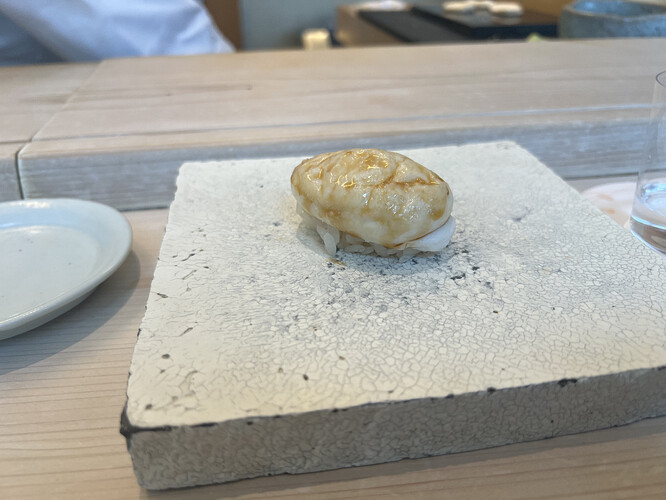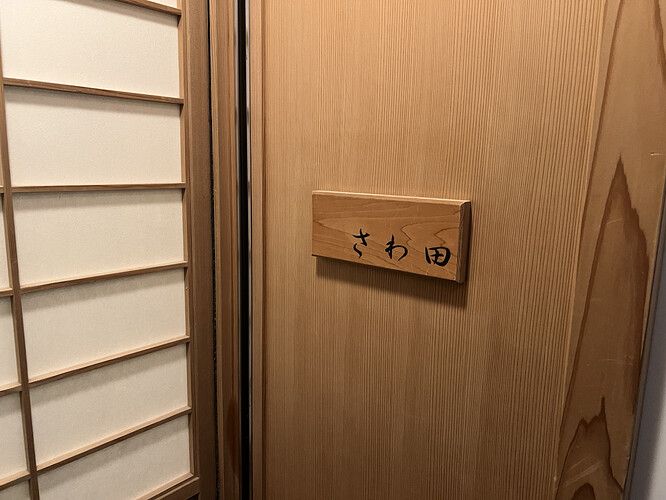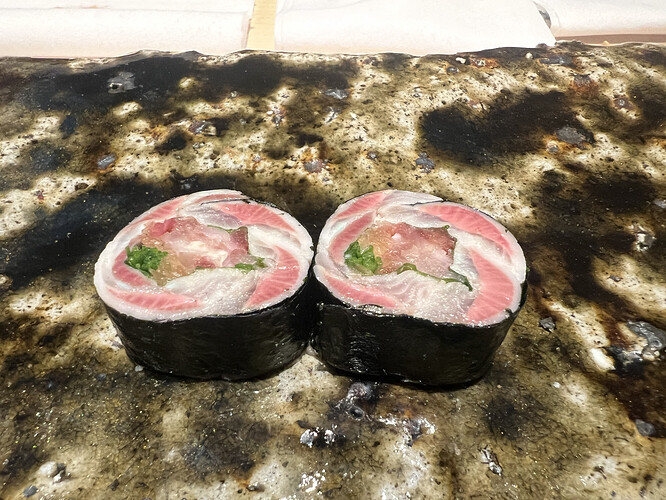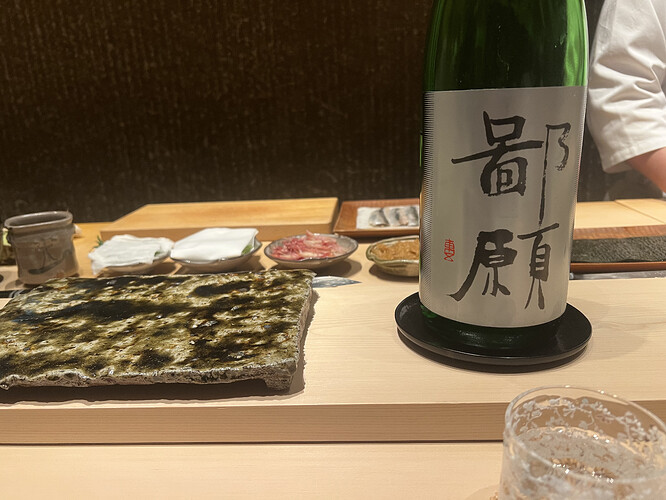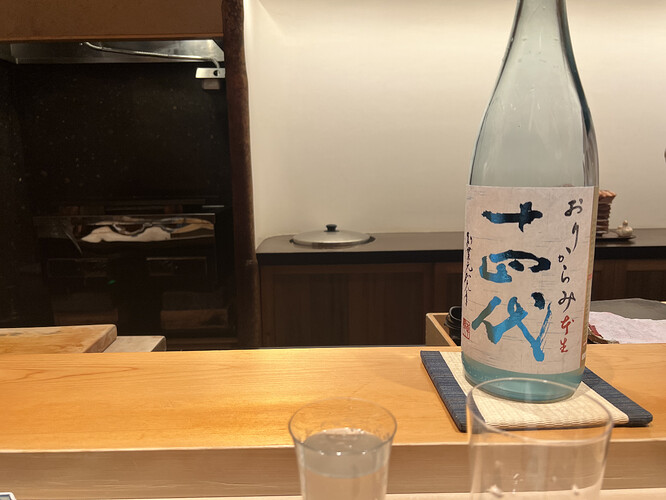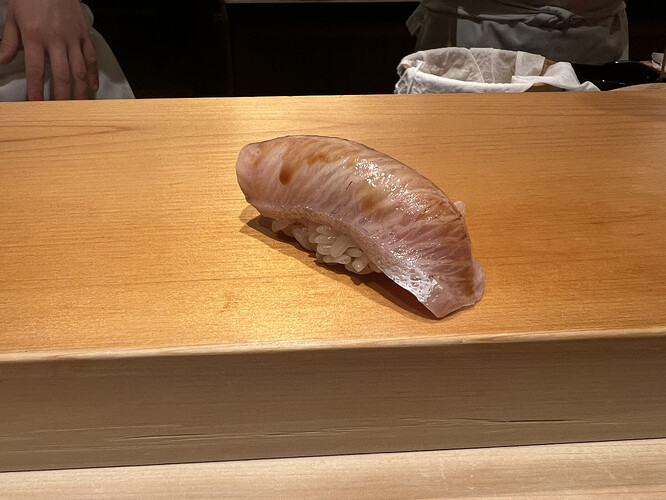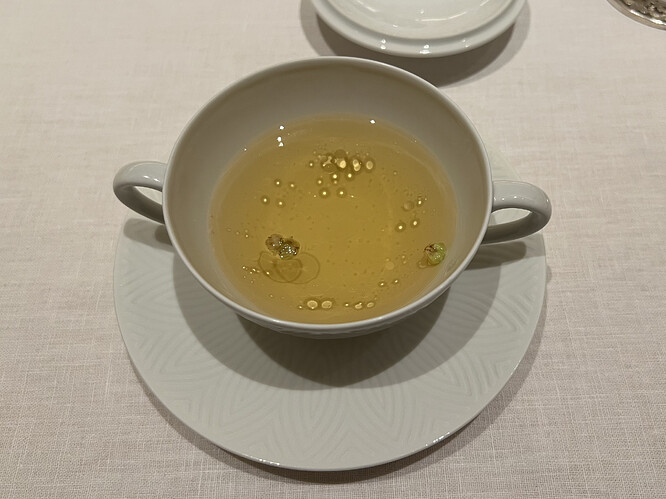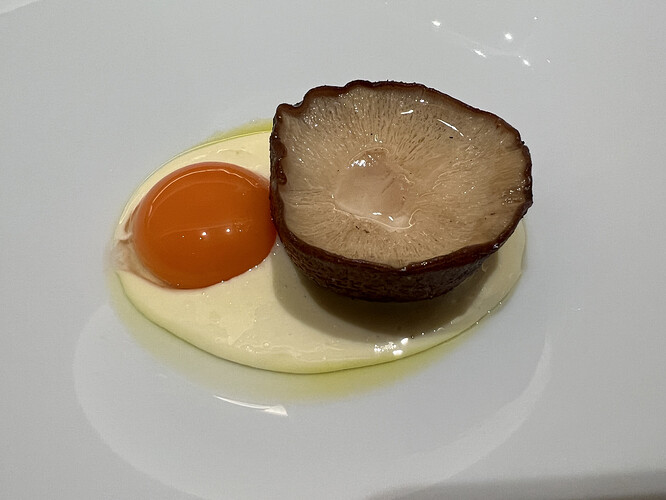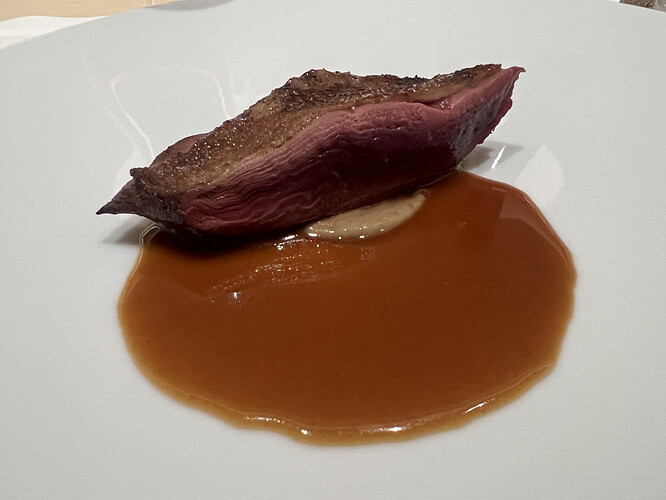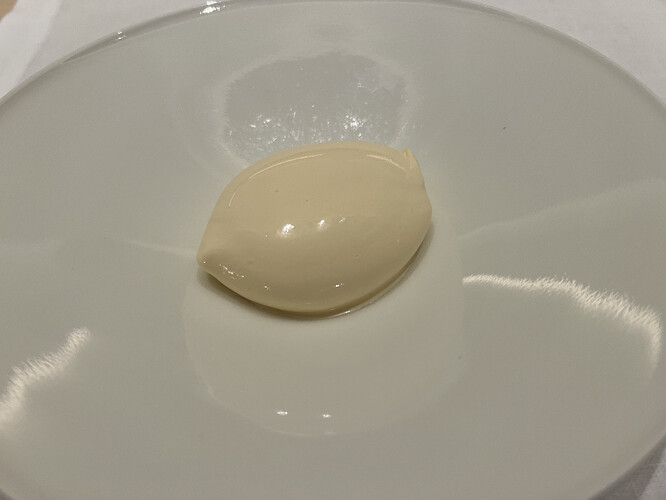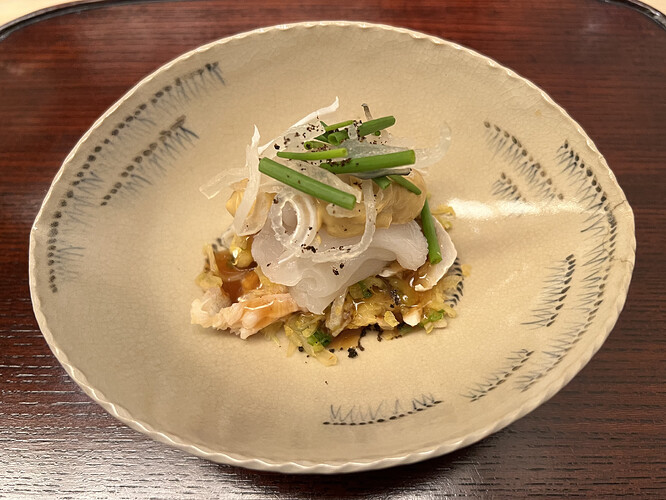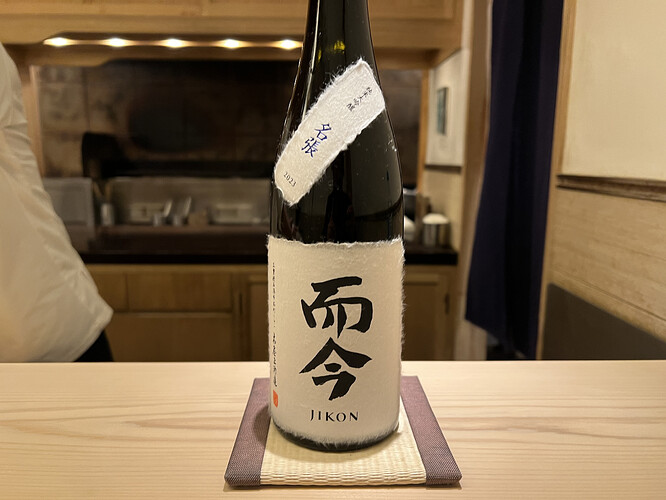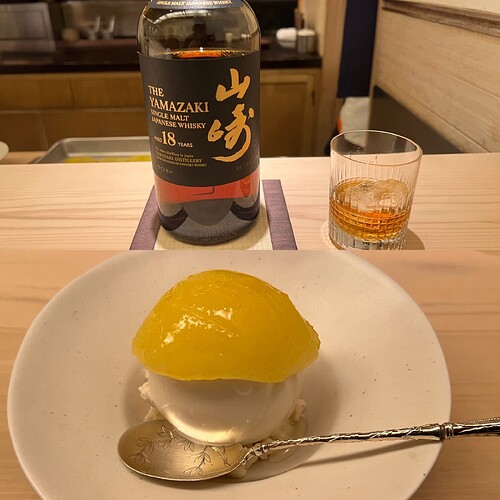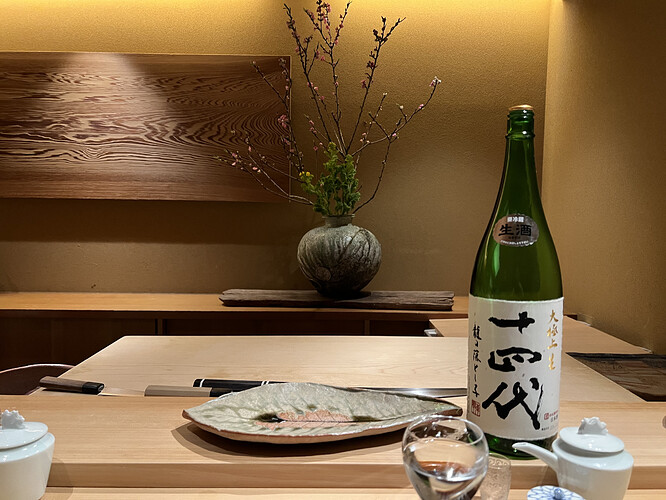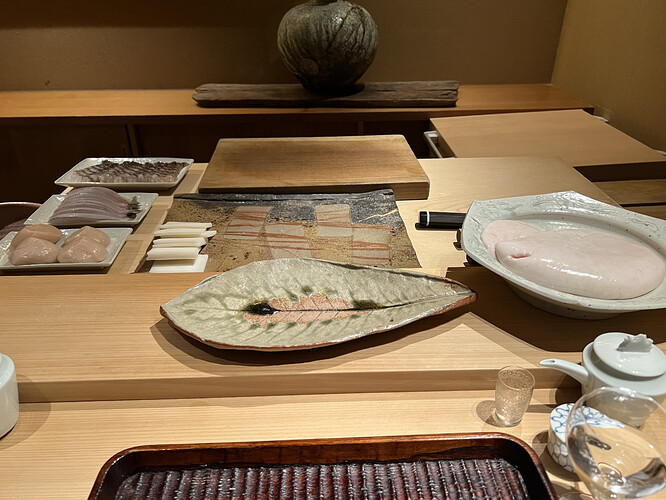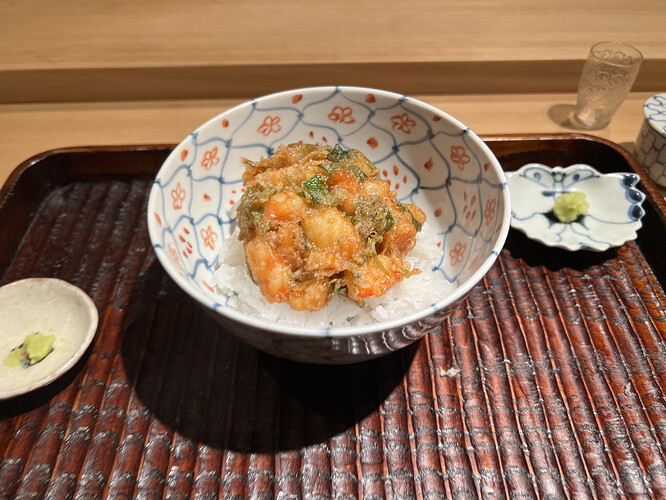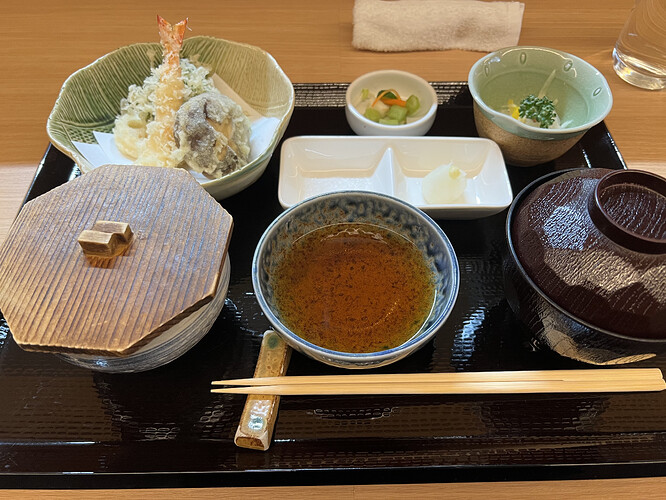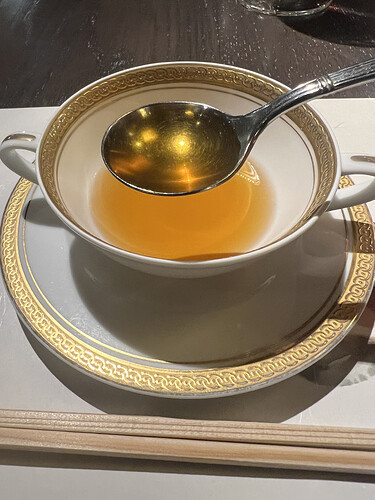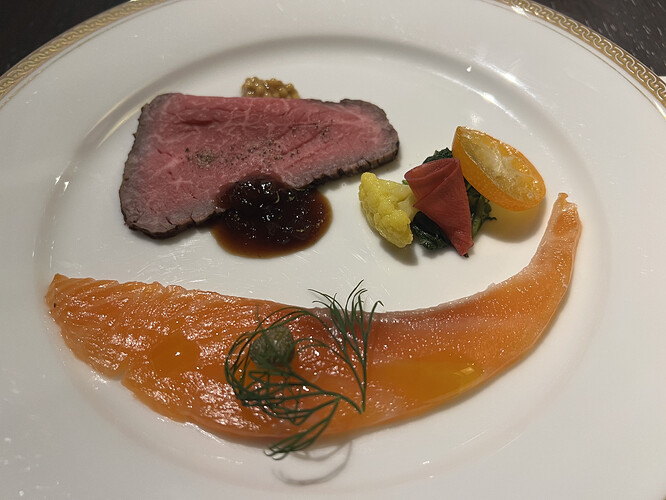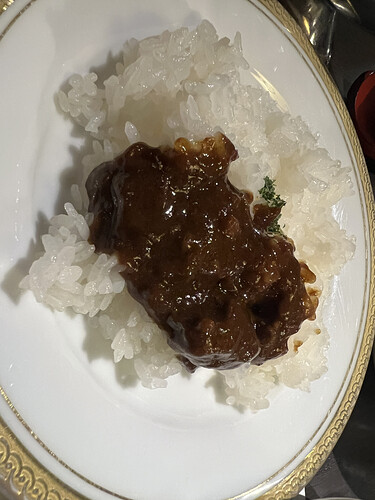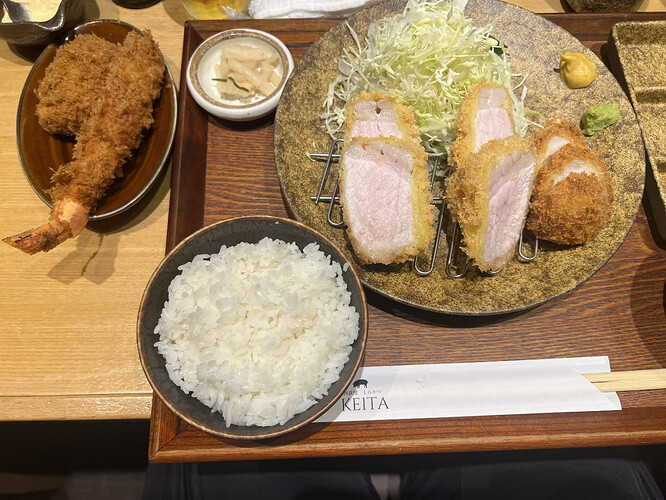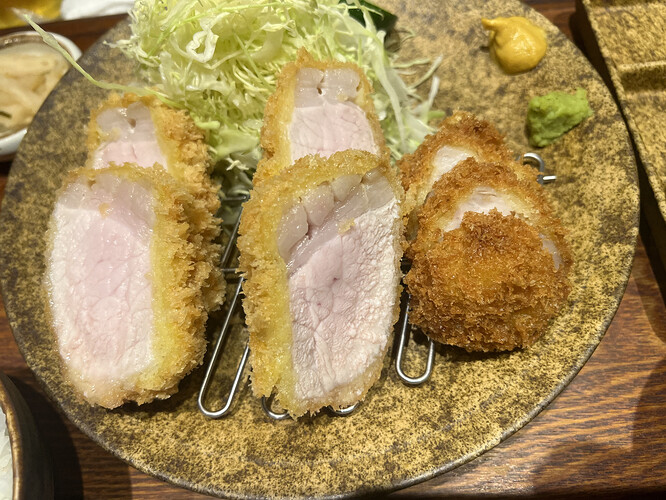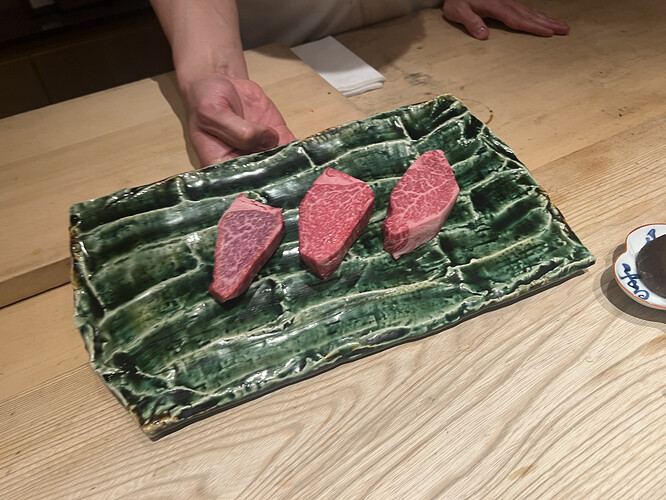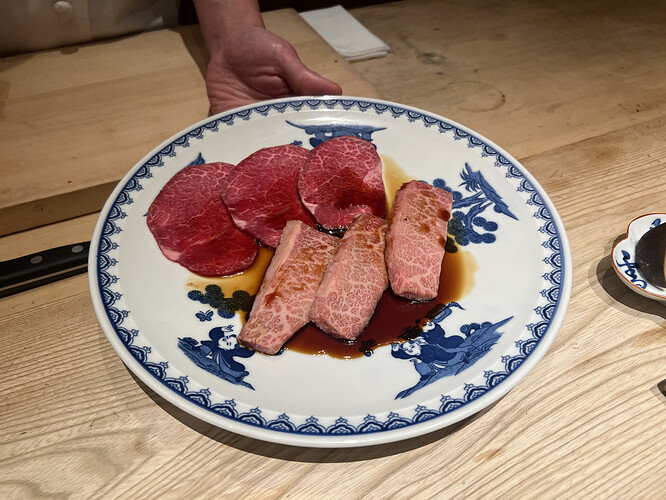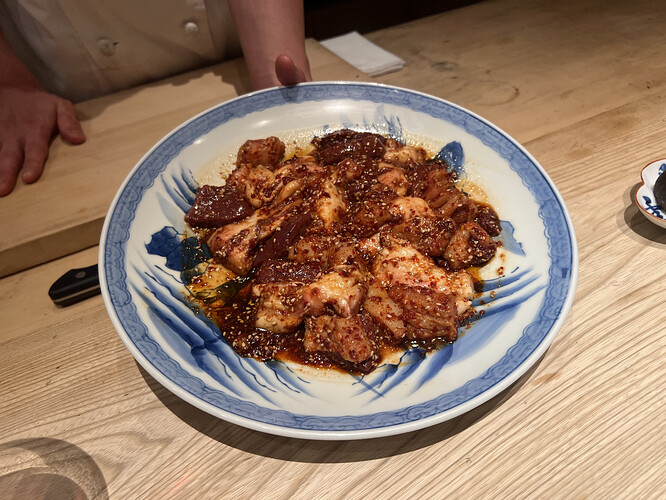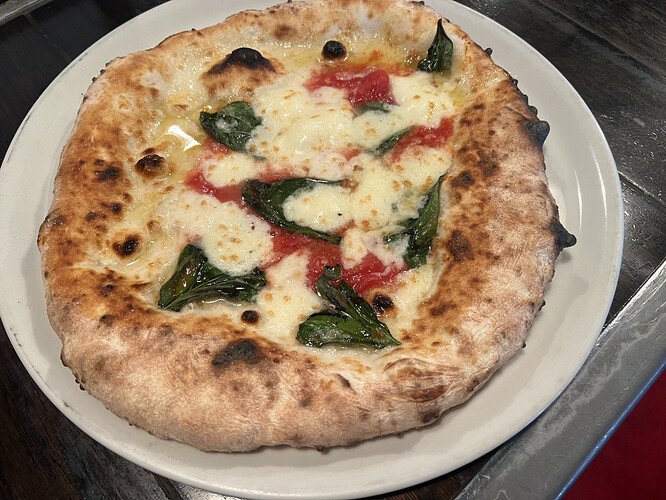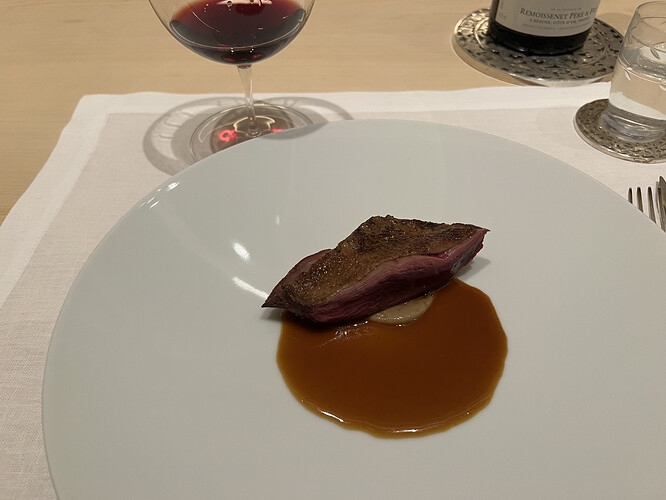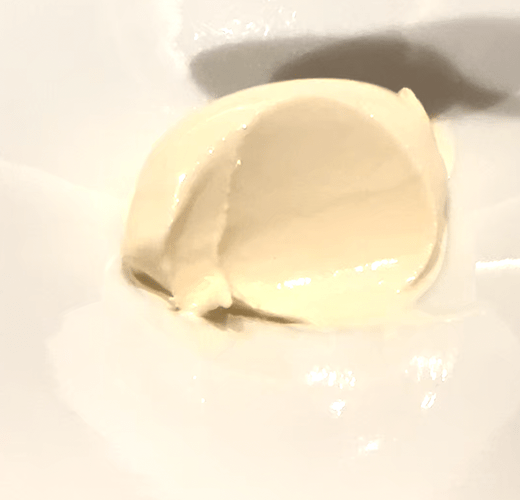Reporting back from 9 nights in Japan this February. I mainly spent time in Tokyo, but I also made day trips to Osaka and Aichi/Gifu.
It was quite cold in this transition from winter to spring - when fish and vegetables emerge from the ice and snow melts. Sansai, torafugu, sawara, fatty fish, some clams, oysters, torafugu, komochi yariika, etc. - a really delicious season.
CHIUnE, Yamazaki / Ayumi, and Numata were standout first expereinces. Yoshoku Tsubaki and Tonkatsu Keita were really nice, also.
As usual, I’ll limit to 6 pictures per place or else this report will become way too long.
Sushi Namba Hibiya
3rd visit. For lunch: 11 otsumami, 16 nigiri + tamago. Otsumami: Niidako, kujira, shirauo with egg, ankimo, kinki in broth, tai roe, kobashira with seaweed and daikon, komochi yariika with yuzu, fried sawara handroll, mushi awabi, anago salad. Highlights were the famous ankimo and kinki, of course, with Juyondai Arabashiri Jomorohaku, just deep deliciousness. Komochi yariika from Aomori with yuzu - great fragrance! The anago salad was excellent - crispy bottom with a nicely proportioned, slightly bitter salad of cucumber and greens. The fried sawara hand roll was amazingly crisp, and it retained good moisture and temperature contorl.
Which brings me to what I really like about Namba Hibiya - there’s a very good marriage of shari and very good quality neta. Namba-san’s touch on the nigiri is gentle, the timing and temperature are well considered so it doesn’t fall apart. The shari is long, sticky, more salty it is than vinegary, a little bit mild, not overly powerful. In fact the nigiri is quite small, so the gentle pressing can work here and the neta is excellent product, some of the best. Kasugodai was so fluffy it was hard to almost tell the boundary of fish vs. rice. Hokkigai was the best I’ve had - soft, sweet, and damn clean. And his hikarimono are tops - kannuki, iwashi, saba, kohada, etc. The kohada was plump, soft, and beautiful, not too vinegared, but a nice palette reset after the toro (jabara no harakami) - with warmer rice. Namba-san tried to explain each piece, even if that required using a translator.
ankimo
Juyondai Arabashiri Jomorohaku
anago
fugu shirako as nigiri
hokkigai
iwashi
Sawada.
2nd visit. For lunch: 25 nigiri, tamago, and optional maguro temaki and kanpyo maki. I wanted to keep going, but I had Kurosaki that night. It’s been a while since I’ve been - and the shari is quite salty (not as sour), and punchy. Very al dente, and to be honest, maybe not the most consistent throughout the meal. But from the first 3 pieces - hirame, tai, and aoriika - you can feel the harder and punchy rice. The ingredients are very good quality though, some excellent (though imo akagai and sayori were not at the top level). The tuna is indeed excellent. The “OOE tuna” special temaki is overkill imo - too much of a good thing, and too big of a handroll. Sawada is spoken about reverentially by many and I’ve even read some chefs describe a meal there as a “religious experience,” in part because of the “seriousness” of the place (even though he definitely does joke around in the 2nd half of the meal). No pics and no cell phone usage inside. It’s hardcore in a sense, with no electricity used for cooking and it just being a husband and wife team serving 6 guests. Whereas other shops may have many staff in the back or assistants at the counter, it’s admirable to see Sawada-san and his wife manage the whole meal themselves.
However, that cuts both ways because the rice was changed about every 7 pieces, compared to every 1-2 pieces at other shops, so the rice did cool a bit. The kurumaebi instead of being done one by one, or even a la minute, was all prepped at the same time and sat for a bit under a damp towel. It was also the largest I’ve ever had (he did ask everyone if they want it whole or cut) and the kohada was the firmest I’ve ever had. The rice is very salty, and I think perhaps I might enjoy dinner more, where the meal is divided about half (simple) otsumami and half nigiri.I think perhaps there is part of the intentional approach, wehther it’s Edomae or whatever, I’m not sure.
I certainly do respect Sawada and I don’t mean to sound too hard on this, of course it’s a high level meal that should be a destination for any sushi lover. I think I’d just prefer to revisit for dinner to assess again in full or chalk it up to styles.
There were fruits for palette cleansers (fruit tomato, Aomori apple with lemon, and ending with cape gooseberry) - all excellent! I liked his original kensaki ika no inrouzume stuffed with kanpyo rice. Shirauo was steamed quickly to bring out fragrance, and it was mixed with fukinoto and shrimp and served as nigiri! Mirugai was awesome as was his “chu-otoro” chiaigishi part between chutoro and ohtoro. Less successful were the katsuo (a bit too smoky, and the ginger soy was a little strong; maybe I should’ve gotten his garlic katsuo), sayori, and akagai.
Reservations are both easy and hard now. It’s strictly booking by Omakase, released about a day before at random times. Everyone dining there was solo. I think by intent he wants it to be tried by many people who are local or visit often, because you can’t really plan for it unless you get lucky. Before I went, I did see availability pretty often (for a party of 1 always), but you just have to catch it…
Kurosaki.
6th visit. For dinner: about 9 otsumami interspersed, and about 12 nigiri. I’ve already written about this place many times and I continue to love it. So many great bites. Sawara smoked warayaki was beautifully integrated with ultra thin shatteringly crisp skin. Kawahagi zuke with its liver underneath and the shari dipped in chives was beautifully proportioned (as is needed with kawahagi or it’s too tough, and the liver or it’s too fatty). Akagai was noticably better than Sawada’s. The one thing I’d say is go for an earlier seating, because they stopped doing new rice later, but it was already past 11pm and one patron was slowing things down for everyone.
iwashimaki. with myoga and akazu gari, maybe this is the best version I’ve tried of iwashimaki! it was certainly filled to every corner for a tight wrap.
aka namako. incredible.
torafugu karaage with nikogori of its skin. nicely cooked.
Higan
murasaki uni
kohada. here no ebi oboro, rather kurumaebi follows right after. here kohada is meant to be a sour palette cleanser to the karaage.
Sushi Hashimoto.
5th visit. For dinner: 8 otsumami, 12 nigiri + extras. 8 otsumami served off the bat in succession. Kai soup (mirugai, hokkigai, hotetegai) with nanohana was sweetly delicious and the perfect antidote to the biting cold outside. I liked the suppon chawanmushi as well, but the chinmi plate was the best one. WIth Juyondai Origarami Honnama.
I’ve written about this place many times before, as well. It’s a comfortable place that’s relaxed and has a lot to offer. The nigiri is consistent, chef Hashimoto-san’s hand movements are controlled. The nigiri is a little tall and “rustic” in shape but with a good squeeze at the top to let it drape with some air. The shari is medium warm with good umami, not super powerful but easy to eat a lot of. If anything, the wasabi is not my favorite, but that’s nitpicking on an all around good place.
clam vs whitefish. hotetegai and mirguai vs hirame and hata.
chinmi. ankimo, simmered oyster, misozuke and quick aburi karasumi. so good with
Juyondai Origarami Hon Nama.
kasugodai. pillowy
kanpachi toro, aged 12 days. slick
ni-hama
Kappo / Counter:
CHIUnE.
1st visit. For dinner: 11 courses. Very finessed and balanced food. Fragrant, almost a bit quiet, not showy in taste but rather a sophisticated way of integrating flavors with a deft hand. Satoshi Furuta’s father runs the legendary Chinese restaurant Furuta. CHIUnE is a bit different than Chinese. His time at Italian and French restaurants shows in dishes like risotto or consomme. The food is perhaps “essential” and gentle. They don’t explain too much, the setting is largely all white, even some dishes have stark plating. But while Satoshi Furuta is quite young, he’s already quite accomplished and reached a lot of acclaim (his extremely high Tabelog score is just one measure; his famous alum Shiro Yamazaki has his own highly rated restaurant and alumns - such as Go Muroi, who runs the very good Kappou Muroi I viisted last year). It relocated to Kioicho Terrace - actually across from MAZ and between the two Kioicho branches of Mitani. I didn’t take pics of the whole meal because he used to have a no picture policy, and the other 8 patrons were all older and dressed up.
One thing I didn’t care for was the alcohol - it’s basically mainly wine bottles (prestige bottles) or wine pairing. There are 2 wine pairings and I got the higher one and didn’t really care for any of the wines except for 1 champagne which is good, but not one I’d run to. Given how delicious but almost delicate the food at CHIUnE is, I’m a little surprised the pairing wasn’t all that interesting. The second wine pairing was also double the price but not that differentiated, except for a prestige cuvee champagne and maybe 1-2 others. My gripe however is more with wine pairings in general - usually there’s a bunch of ok wines and 1-2 standouts, but I didn’t want to drink a whole bottle of champagne at 5pm. The service was ultra efficient though - water glass is filled within literally ~4 seconds. Obsessive attention to detail I booked on Omakase, because Tableall includes the drink pairing (not specified which one), but it ends up to be about that price anyway. It’s a high priced meal, but damn there were some great bites.
fukinoto consomme. Whoa, super delicious and supremely balanced. I was blown away by how concentrated and pure this was - reminded me a little bit of a shark’s fine soup, but with a fine bitterness from fukinoto.
signature shiitake (from Gifu) with potato sauce and egg. SUPER delicious. I was shocked how good this was when you mix it all up and coat the yolk on the mushroom. it definitely is greater than it sounds.
Gifu duck with nameko mushroom sauce and duck jus. Sauce traced beautifully. Nameko mushroom flavor was seemlessly integrated. Good meaty texture, just wild enough but not gamy.
pork belly marinated for 10 days (!). espelette, garlic, soy, etc. etc. the fat transformed to something quite sweet. excellent.
Taizagani with Kyoto somen, ginger, fried onion, and cabbage
signature dessert - Xiaoxing wine ice cream. ultra smooth.
not pictured: fugu soup. hamaguri risotto. hotetegai cold capellini. chorizo with eggplant puree and a “flower” of champignon de paris mushrooms. nodoguro with hamaguri and sudachi broth.



